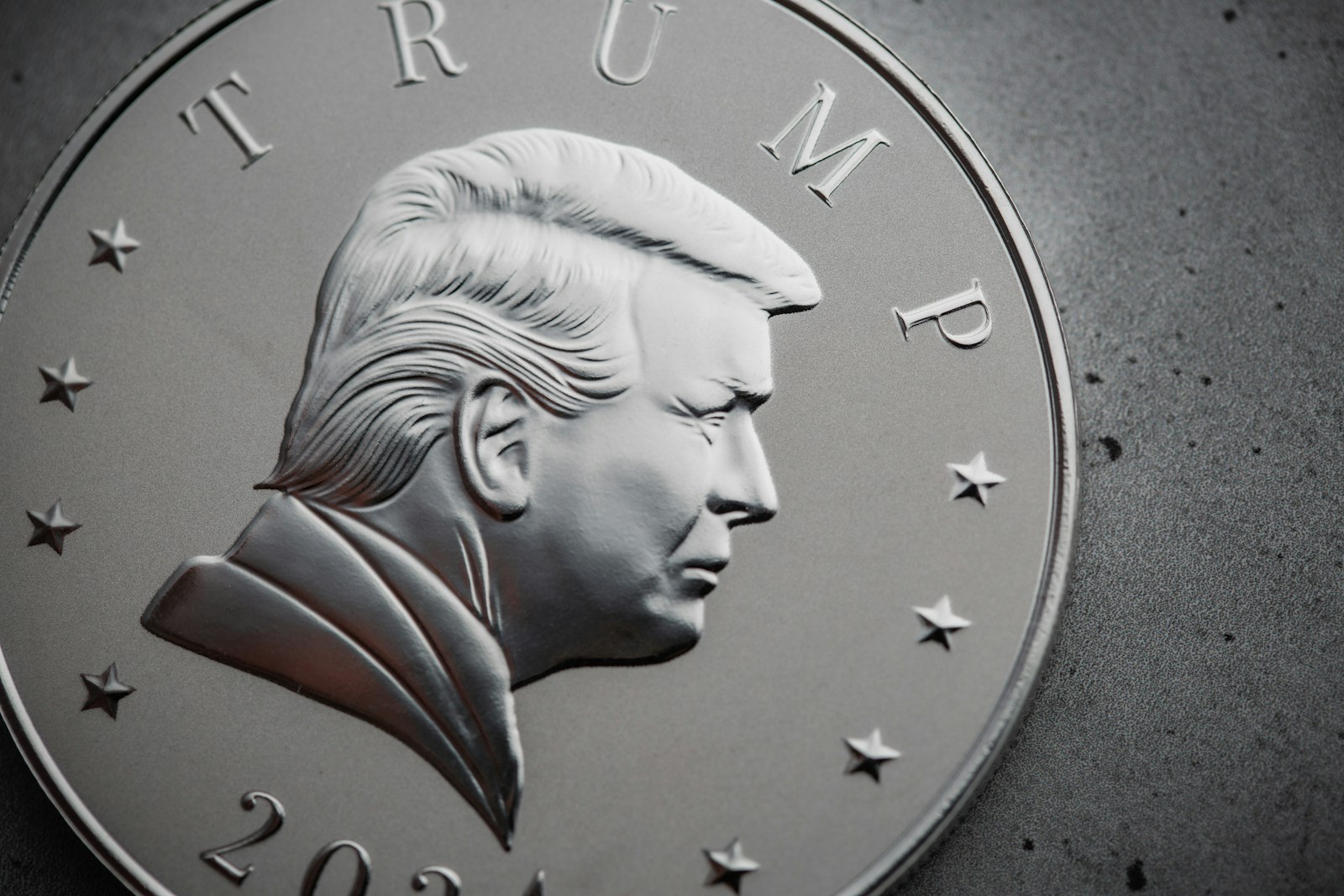Senate Hits Roadblock on Crypto Bill: Understanding the Impasse
Key Takeaways:
- The Senate faces a sudden scramble over cryptocurrency policy.
- A landmark crypto bill addressing stablecoins is opposesed by nine Senate Democrats.
- Stablecoins, cryptocurrencies tied to the dollar, are central to the bill.
- Bipartisan talks are struggling, risking Trump’s legislative priority.
Introduction: The Senate is grappling with an unexpected hurdle in its efforts to regulate cryptocurrencies, particularly stablecoins. A significant bill aimed at creating the first federal framework for these digital currencies has encountered opposition from Senate Democrats, casting doubt on its future. This impasse could jeopardize a key legislative priority for President Trump, highlighting the complexities of regulating this rapidly evolving market.
What’s a Stablecoin?
Stablecoins are cryptocurrencies designed to mirror the value of traditional currencies, like the US dollar. They offer the stability of fiat currency combined with the benefits of blockchain technology, such as faster transactions and global accessibility. Examples include Tether (USDT) and USD Coin (USDC), which are widely used in digital transactions.
Why Is This Bill Important?
The proposed legislation is crucial for several reasons:
- Preventing Future Crises: It aims to avoid a repeat of events like the collapse of FTX, a major cryptocurrency exchange. By establishing clear regulations, the bill seeks to stabilize the market and protect investors.
- Investor Protection: Stablecoins, while stable, operate in a largely unregulated space. The bill would introduce safeguards to ensure investors’ funds are secure and to prevent potential misuse.
- Clear Guidelines for Businesses: The framework would provide businesses with clear operating rules, fostering innovation and legal certainty in the crypto industry.
Challenges and Controversies:
The bill’s progress is stalled due to differing views between Democrats and Republicans.
- Partisan Disagreements: Democrats are pushing for stricter regulations to protect consumers and maintain financial stability. Republicans argue for a more flexible approach to encourage innovation and competition.
- Consumer Protection vs. Innovation: The debate centers on balancing consumer safety without stifling the growth of digital currencies. Democrats fear that without strong protections, consumers could face significant risks, while Republicans believe excessive regulation could hinder technological advancement.
- Global Implications: As the US moves to regulate stablecoins, global markets watch closely. The outcome could influence how other countries approach cryptocurrency regulation, shaping the future of the digital economy.
What’s Next?
The bill’s fate remains uncertain. To move forward, both parties may need to compromise, though this could be challenging given their differing priorities.
- Potential Amendments: Lawmakers might revisit the bill to address Democratic concerns, such as enhancing consumer protections or improving regulatory oversight.
- Pressure from the White House: With the bill being a priority for President Trump, there might be increased pressure on lawmakers to reach an agreement, possibly before the next election.
- Industry Reaction: The crypto industry is closely monitoring the situation. While some companies welcome clear regulations, others fear that strict rules could limit innovation and drive businesses overseas.
A Deeper Look: The Future of Cryptocurrency Regulation
The challenges surrounding this bill reflect broader issues in cryptocurrency regulation. Policymakers must balance innovation with consumer protection, a task complicated by the rapid evolution of the technology.
- The Need for Clarity: The lack of clear rules leaves the crypto market vulnerable to instability. Finalizing a regulatory framework could bring much-needed stability and confidence to the market.
- Global Leadership: The US has the opportunity to lead in setting standards for the global crypto market. However, hesitant or overreaching regulations might cede this leadership to other nations, such as those in Europe or Asia.
- Bipartisan Collaboration: Success will likely require bipartisan efforts, blending Democratic concerns for oversight with Republican support for innovation. This balance is essential for creating a framework that benefits both consumers and businesses.
Conclusion:
The roadblock in the Senate underscores the complexities of regulating cryptocurrencies. As policymakers navigate this evolving landscape, the outcome of this bill will significantly influence the future of digital money. The challenge lies in creating a framework that fosters innovation, protects consumers, and ensures market stability. The world watches as the US Senate works to address these issues, potentially shaping the future of financial transactions for generations to come.

